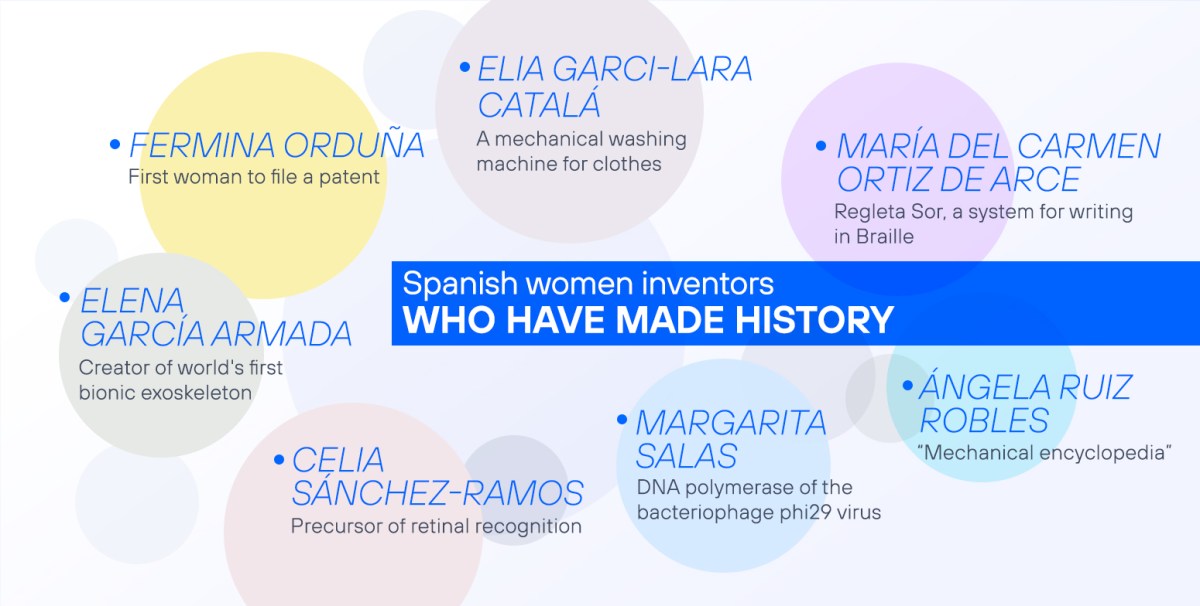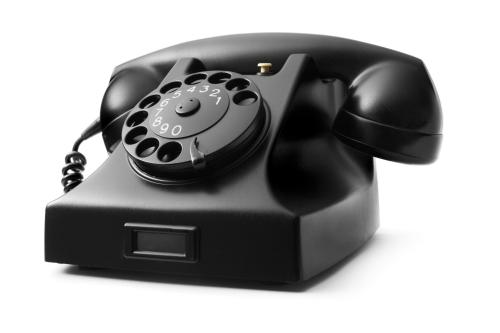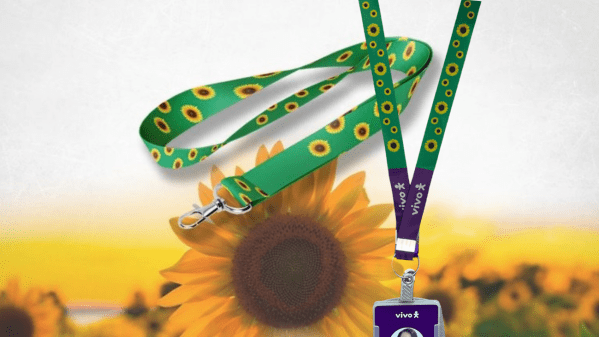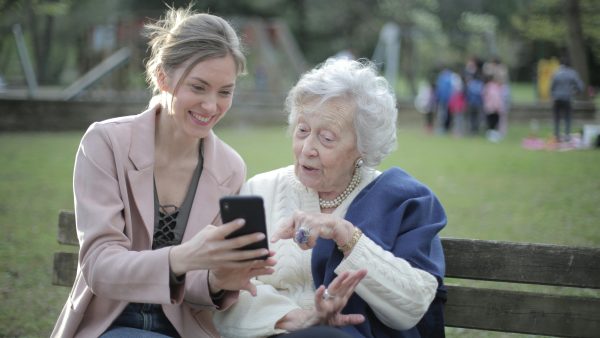The lollipop, the disposable syringe and the table football are well-known Spanish inventions, but they are not the only ones. There are also a number of inventions by Spanish women that have gone down in history.
With 11 February, the International Day of Women and Girls in Science, fast approaching, we will take a look at some examples of inventions linked to Spanish women.
Infographics Spanish women inventors
Fermina Orduña: first woman to file a patent
Little information has come to light about Fermina Orduña’s biography. However, what is known is that in 1865 she achieved a historic milestone (and not easy to achieve at the time): she became the first woman to obtain a patent; or an ‘invention privilege’, as it was called at the time.
Spanish Privilege of Invention number 4006, entitled ‘Carriage for stables for the hygienic driving of donkeys, cows or milk goats for public dispatch’ and dated April 1865, had a rather descriptive name for the goodness of the invention.
Thus, we find a cart that moved dairy cattle – particularly cows, donkeys or goats, as the name of the patent itself indicates – reducing the time elapsed between milking and sale.
Likewise, the good transport and feeding of the animals was guaranteed, as well as more hygienic conditions at the time of distribution, since the animals did not have to walk on their own, thereby also increasing their level of rest, which resulted in a better quality of the dairy product.
The horse-drawn carriage consisted of a stall for dry feed; windows, door and ramp; a hot water container to keep the freshly milked milk warm for 20 minutes; and a bell to warn people that the service was available.
This invention was especially designed to meet a need in urban environments in the face of development and population growth in the second half of the 19th century.
As a sign of her relevance, the Fermina Orduña Awards for Technological Innovation of the Community of Madrid recognise the role of this historic inventor in the field of technology.
Elia Garci-Lara Catalá: mechanical utility washing machine
At the end of the 19th century, specifically in 1890, the Valencian Elia Garci-Lara Catalá registered patent number 10,711, a mechanical laundry for clothes.
A system that classified the garments according to different criteria (customer, category, gender or degree of society) to then go through a process of washing, rinsing, wringing and drying (in the open air or with hot air from a tumble dryer) to culminate with ironing, folding and even pressing.
It was a very advanced device for the time, but it never saw the light of day.
María del Carmen Ortiz de Arce, the inventor nun
Sister Perboire is the name by which María del Carmen Ortiz de Arce (¿?-1932), a nun of the Daughters of Charity order, was better known. In 1909 she designed and patented a system for blind children to be able to write in Braille.
The device, known as the Regleta Sor, was complemented by a stylus and was used to write the outline of visual characters in relief so that they were both tactile and visible to the eye.
The size of the Sor tablet is 22 x 7 centimetres and it has three lines with 25 boxes of larger dimensions than in Braille, on each of which there is a rectangle.
As explained on the ONCE website, ‘with the Regleta Sor it was possible to write in Braille and Llorens and it was one more attempt to facilitate written communication between blind and sighted people’. In fact, one of these devices can be visited in the organisation’s Typhological Museum in Madrid.
Ortiz de Arce was a teacher at the Casa de la Caridad in Barcelona, where she set up a school for blind pupils.
Ángela Ruiz Robles: the prelude to e-books
More biographical information is available on Ángela Ruiz Robles (1895-1975), a teacher, educator and writer as well as inventor.
Her most notable creation is a ‘mechanical encyclopaedia’, which can be considered the first electronic book in history.
The purpose of this invention, which dates back to 1962, was to facilitate the learning of other languages and their alphabets in an enjoyable way by forming words, sentences and texts through the interaction of keys and devices distributed in a kind of briefcase.
This own ‘mechanical encyclopaedia’ is an adaptation of another invention of his from 1949, known as ‘Mechanical, electrical and air-pressure procedure for reading books’.
The improvement between one invention and another came from the design, as the contents of the subjects to be taught were presented on strips of paper arranged on interchangeable rolls that could be adjusted.
It was an encyclopaedia because it brought together teaching content, but it was also dynamic because the data and information could be updated according to possible modifications that might arise.
In 2013, the Sociedad Científica Informática de España (SCIE) and the Congreso Nacional de Informática (CEDI) created the Ángela Ruiz Robles Award.
Margarita Salas: the most profitable patent of the CSIC
Margarita Salas (1938-2019) stands out for her discovery of the DNA polymerase of the bacteriophage phi29 virus, which has a crucial application in biotechnology as it allows DNA amplification to be carried out quickly, reliably and easily.
Salas filed this patent in the United States in 1989 and in Europe in 1997 on behalf of the Spanish National Research Council (CSIC). As a curiosity, this patent is still the most profitable patent filed by this institution, representing between 2003 and 2009 more than half of the CSIC’s royalties.
A particularly relevant advance for its use in forensic medicine, oncology and archaeology, among other areas.
Celia Sánchez-Ramos, forerunner of retinal recognition
With numerous patents filed, Celia Sánchez-Ramos (1959) stands out for her use of the retina as a biometric constant for the recognition of individuals, under the name of ‘Method and device for the recognition of individuals based on the image of the retina that incorporates the image area of the fixation point as a biometric constant’.
The Complutense University’s own website explains that ‘the object of the invention is a method and its corresponding device for the recognition of individuals that incorporates as an exclusive and discriminating biometric constant of each individual the anatomical location of the retina that corresponds to the physiological location of the visual axis, taking into account the physiological disparity of fixation’.
The work of this doctor from Zaragoza was recognised internationally in 2009 with the award for Best Inventor of the Year, given by the World Intellectual Property Organisation.
Elena García Armada, creator of the world’s first bionic exoskeleton for children with spinal muscular atrophy
Elena García Armada (1971) is an industrial engineer who led the CSIC group that developed the world’s first bionic exoskeleton for children with spinal muscular atrophy, a degenerative pathology affecting some two thousand young people in Spain.
Although his professional career began with robots aimed at the industrial world, when in 2009 he met a 9-year-old girl who had suffered a traffic accident that had left her quadriplegic, he changed the focus of his professional career.
Since then, his work has been more focused on creating devices that help to improve the physical faculties, rehabilitation or increase the mobility of children suffering from degenerative neuromuscular diseases.
García Andrada has received one of the most important awards in the field of innovation, specifically the European Inventor Award 2022.











